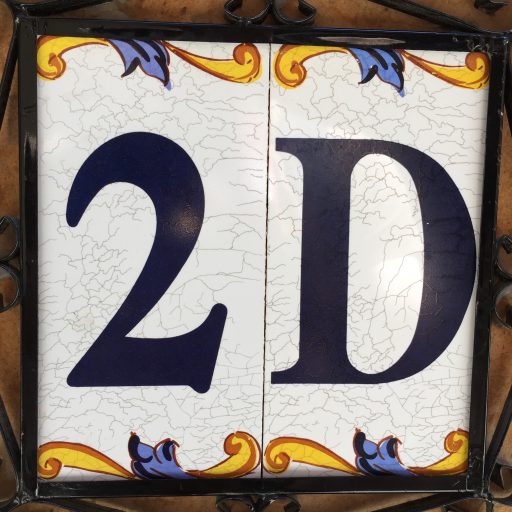Aspect Ratios and the ARRI Alexa XT
Shooting with a ARRI Alexa XT, recording ARRIRAW in LogC with anamorphic lenses. (Usually the anamorphic squeeze factor is 2). The recording resolution is 2880×2160 pixels and the image aspect is 4:3. The HD-TV output format is 1920×1080.
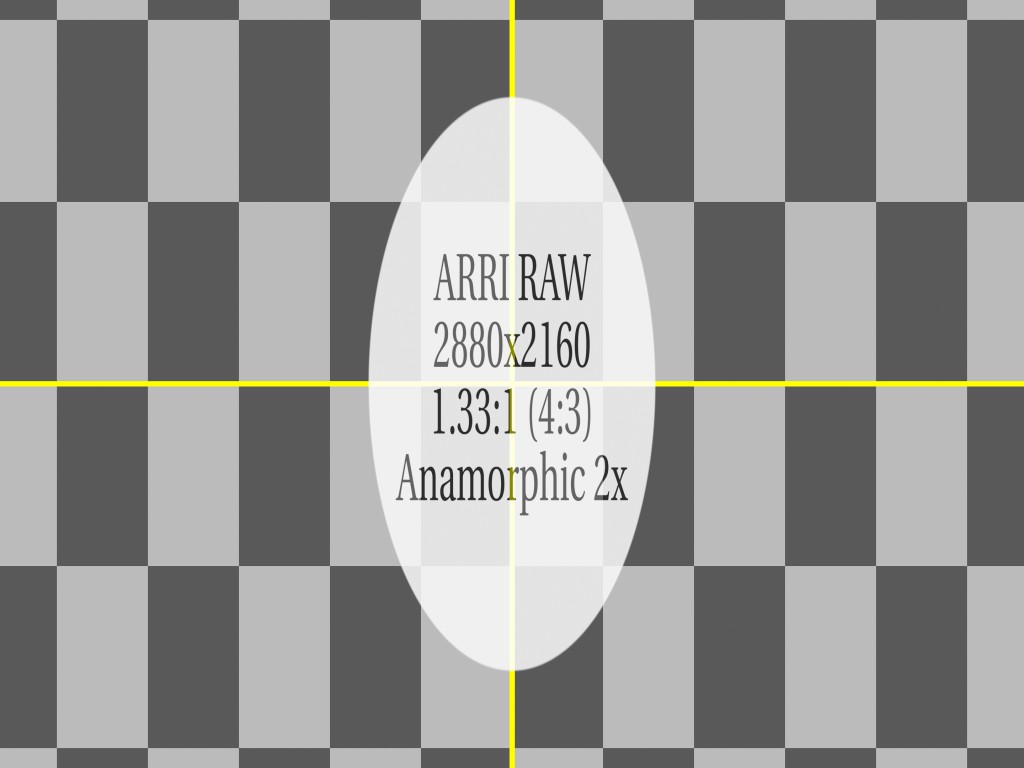
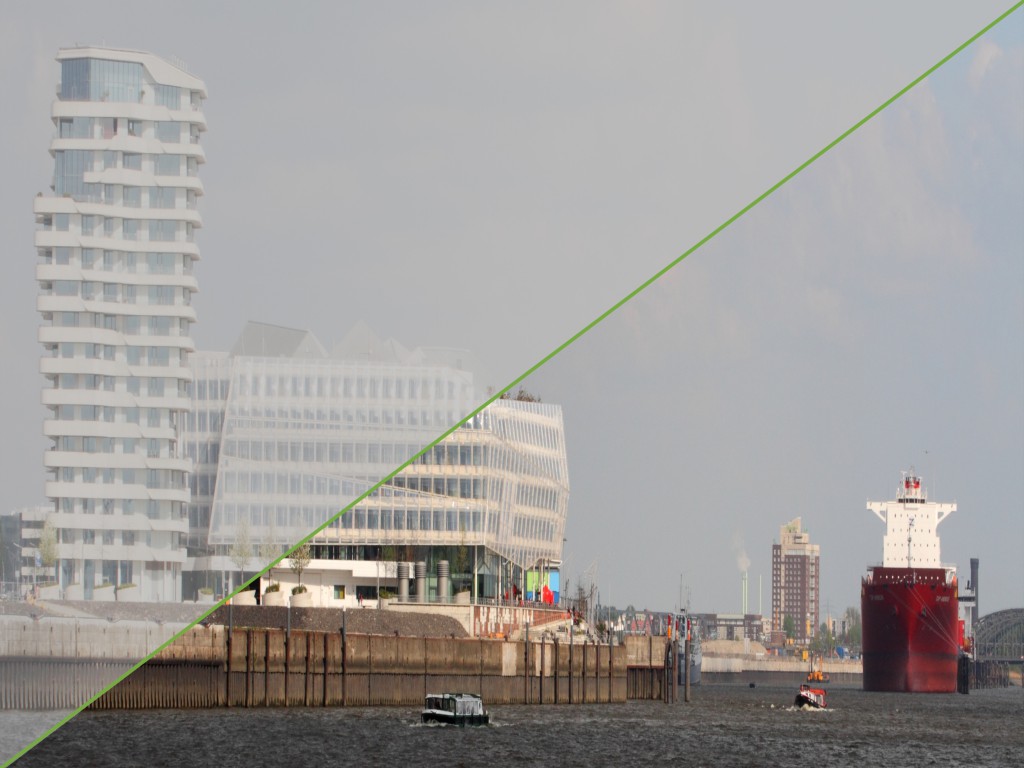
According to Wikipedia entry for DCP (Digital Cinema Package):
- Maximum frame sizes are 2048×1080 for 2K DC and 4096×2160 for 4K DC.
- Common formats are: SMPTE (JPEG 2000)Flat (1998×1080 or 3996×2160), ~1.85:1 aspect ratioScope (2048×858 or 4096×1716), ~2.39:1 aspect ratio (Article)
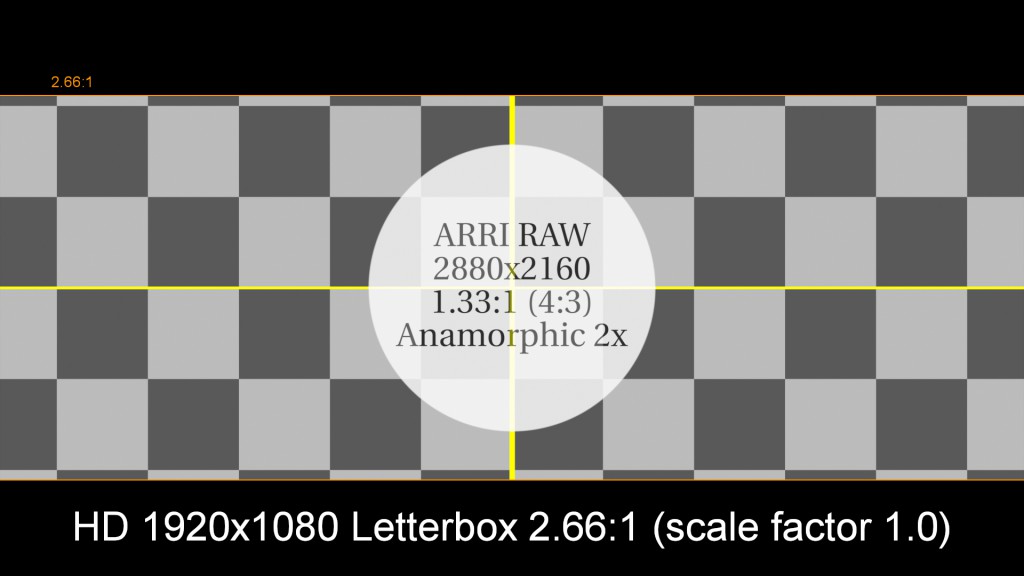
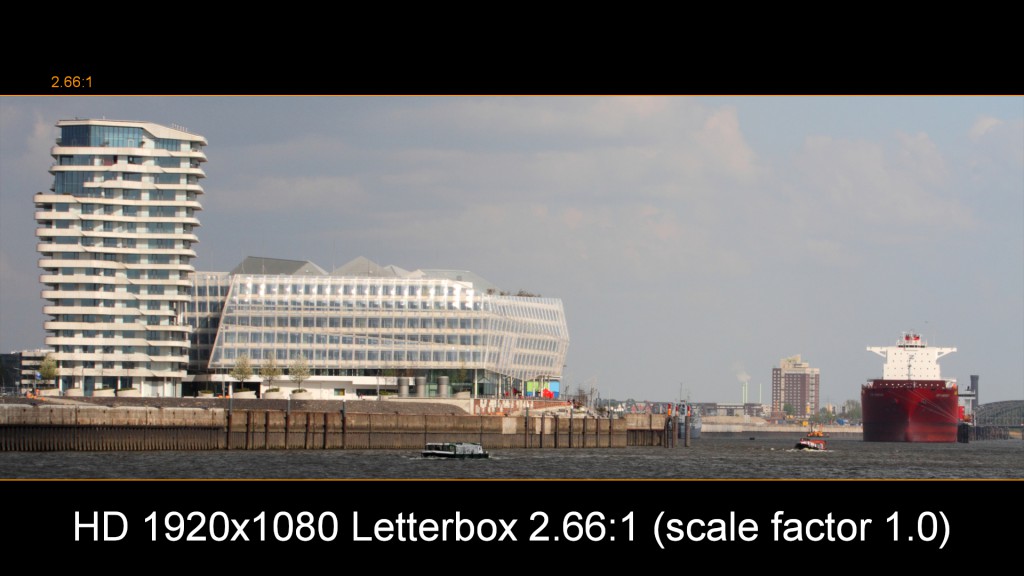
The resulting HD frame with a 2.66:1 aspect (tighter than Cinemascope). The whole recorded image information is maintained.
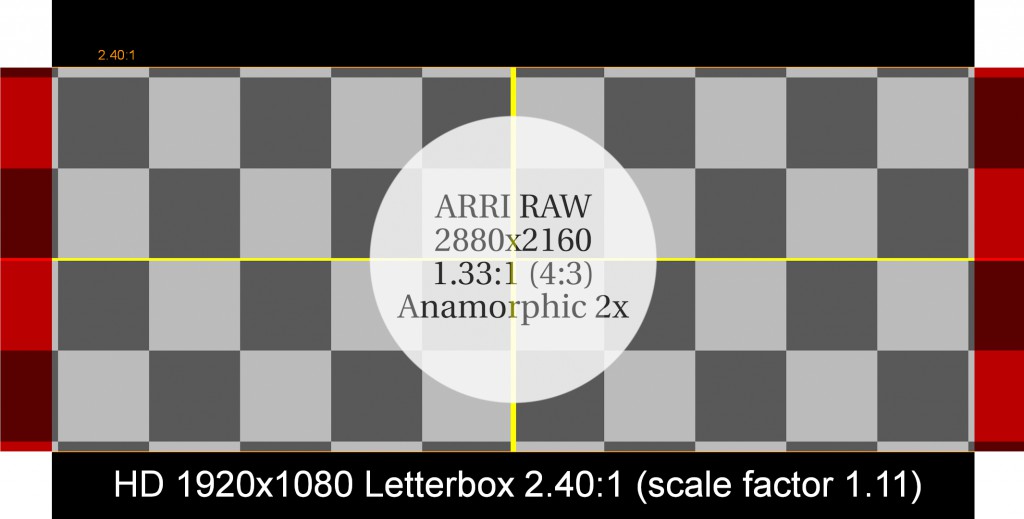
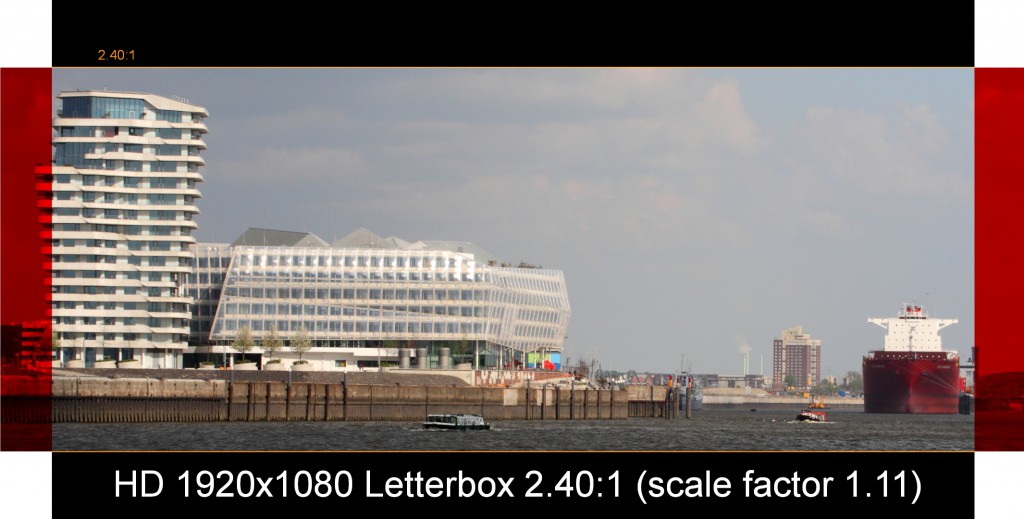
The resulting HD frame with a 2.40:1 aspect (Cinemascope, technically it is 2.39:1, but 2.40:1 is mathematically better
for HD with 1920×800 pixels inside a HD Frame with Letterbox).
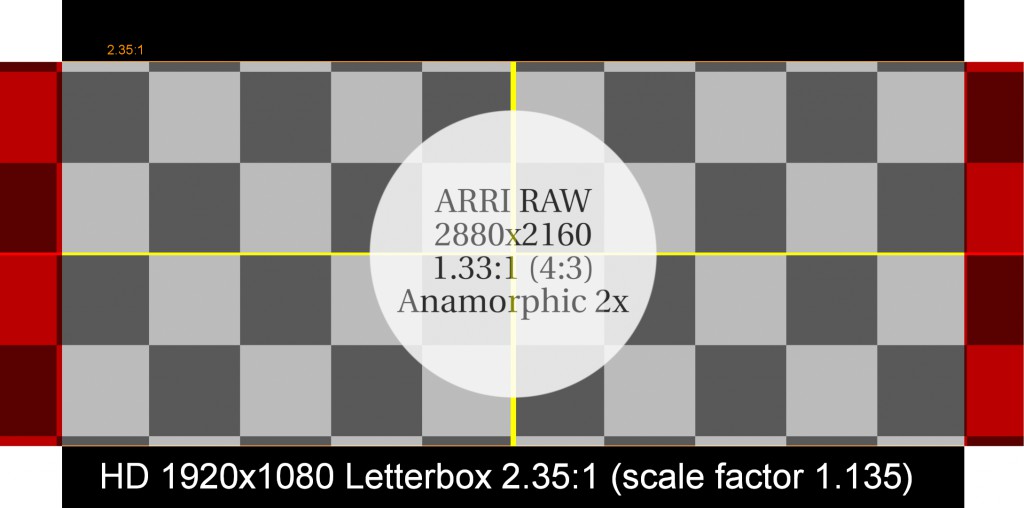
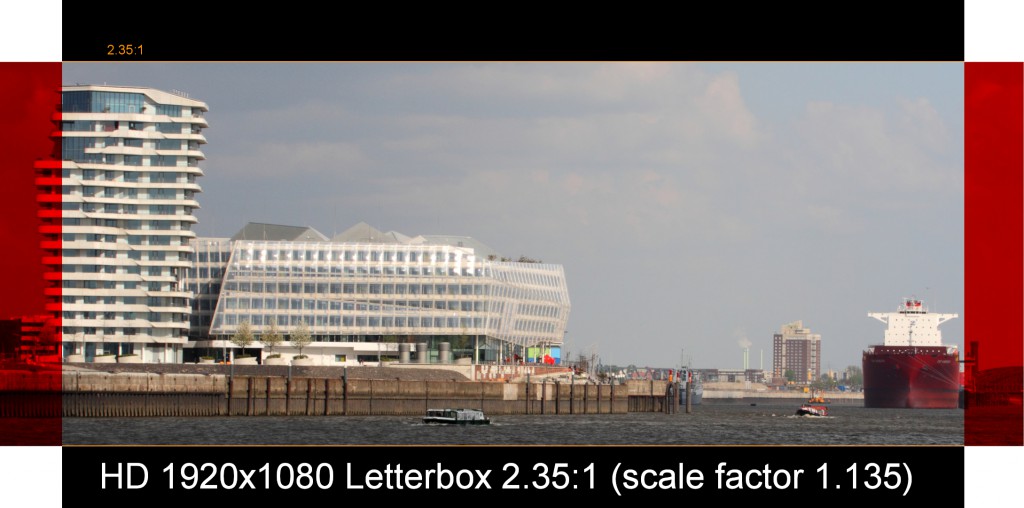
The resulting HD frame with a 2.35:1 aspect (often a standard setting in editing and compositing programs). Different aspect
ratios are possible, but note that image information will be cut off left and right. In this case it is kind of half a checkerboard.
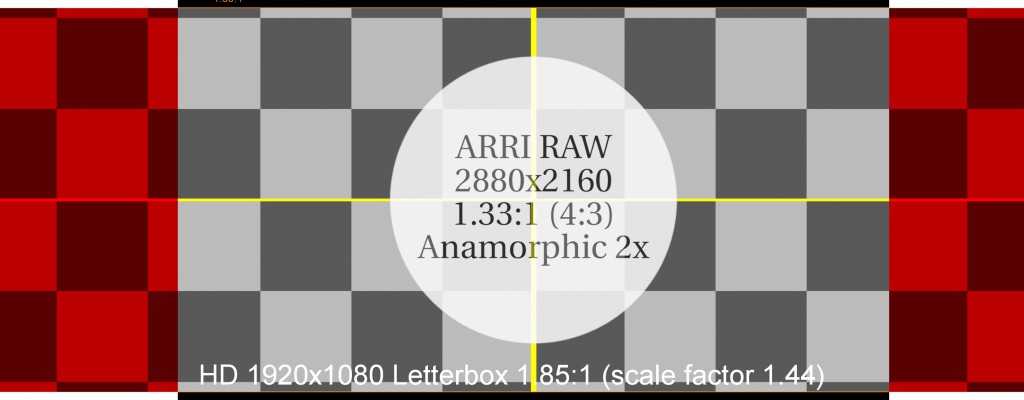
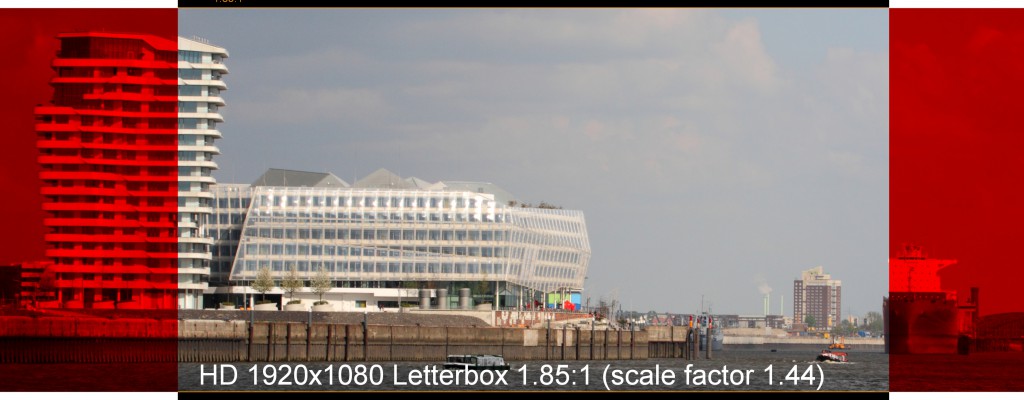
The resulting HD frame with a 1.85:1 aspect.
It is clearly visible that shooting anamorphic but frame for this aspect doesn’t make much sense.
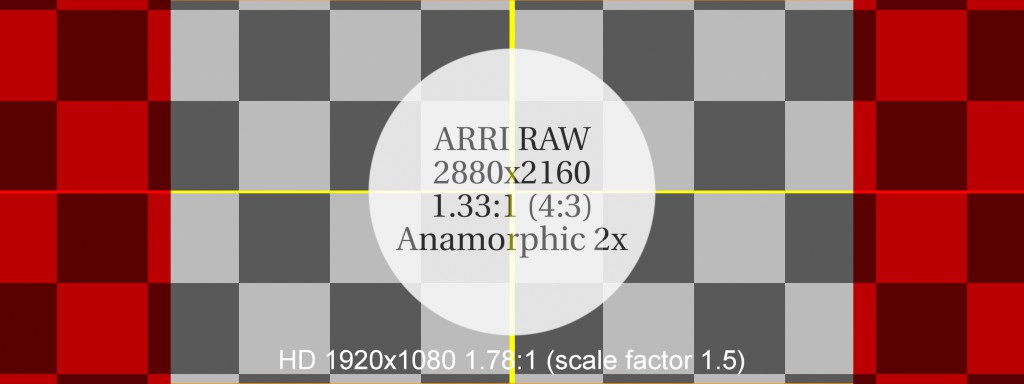
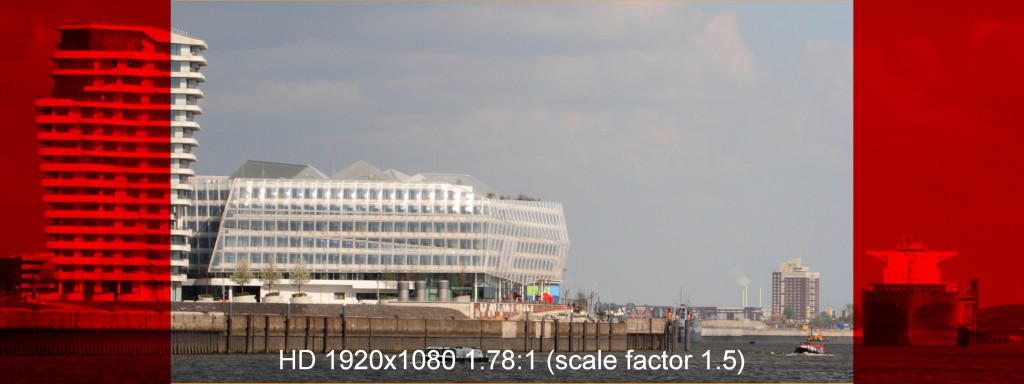
The resulting HD frame with a 1.78:1 aspect. When shooting Anamorphic, a non Letterbox full HD framing is against the idea
of shooting Cinemascope in the first place. Although technically possible it means a loss of 50% of the acquired image and image quality.
